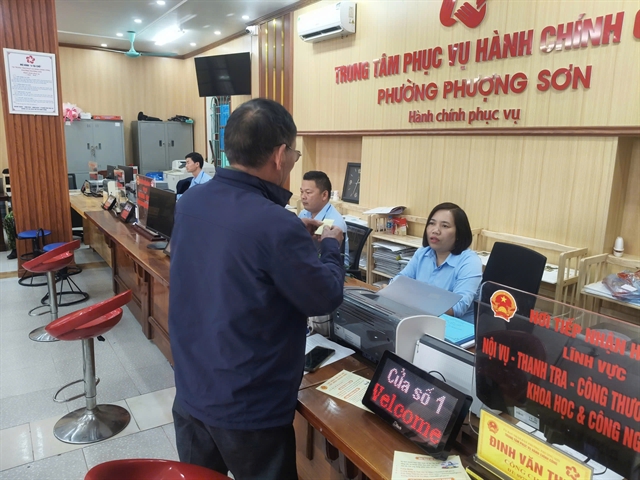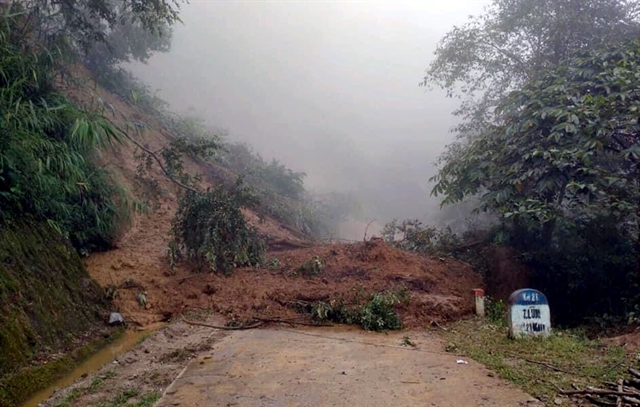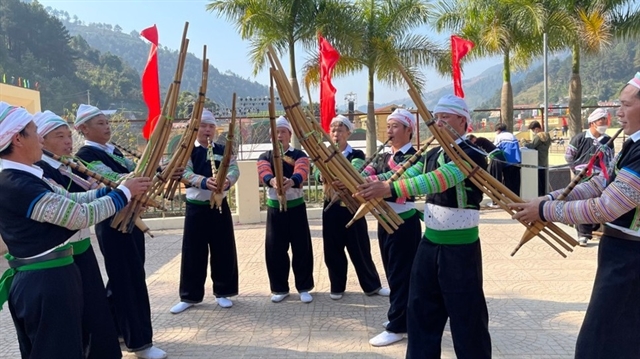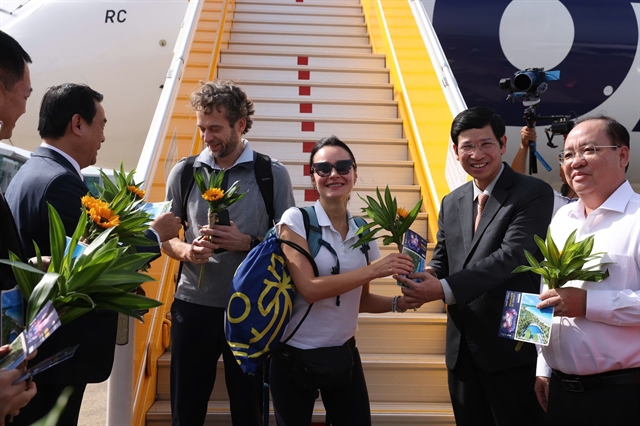 Society
Society


|
| A section of a road in Mường Tè District, the northern mountainous province of Lai Châu, blocked by to a landslide in July 2021. — VNA/VNS Photo |
HÀ NỘI — Việt Nam officially launched the Southeast Asia Flash Flood Guidance System (SEAFFGS) on Tuesday morning and assumed the role of being a regional hub in forecasting landslides and flash floods.
Speaking at the launch event, Director General of the Việt Nam Meteorological and Hydrological Administration Trần Hồng Thái said the system is part of the Flash Flood Guidance System with Global Coverage, run by the World Meteorological Organisation (WMO).
The system in south-east Asia is expected to create a connection and cooperation between the regional forecasting centres and other forecasting centres in the world, he said.
Thanks to the recognition and trust from the Secretariat of the WMO and the member countries of the system in the region, Việt Nam Meteorological and Hydrological Administration has been selected as the regional flash flood warning support centre, he said.
"I am very proud to confirm that the Southeast Asian community has a very comprehensive system for flash flood and landslide warning that I believe will save many lives and significantly reduce damage to the region,” he said.
The system has been integrated into many different data sources from satellites, radars, automatic weather stations and topographic measurements to assist forecasting activities, he added.
Việt Nam will manage two servers located at the administration to provide data for local hydro-meteorological Centres in Southeast Asia, he said.
Việt Nam is responsible for coordinating with other regional countries in exploiting and using data of the flash flood warning system to improve the forecasting capacity of flash floods and landslides, he said.
Hwirin Kim, Head of Hydrological and Water Resources Services Division at WMO, said Southeast Asia is a region that is heavily affected by flash floods and landslides in the rainy season.
That is the reason Southeast Asia was chosen to build the system, she said.
The system will help Southeast Asian countries to improve their capacity to warn of flash floods and landslides, thereby contributing to minimising the harmful effects of the natural disasters, she said.
So Im Monichot, of Cambodia’s Ministry of Water Resources and Meteorology, said the system in Southeast Asia is believed to be very important for warning flash floods and landslides in Cambodia.
It will provide timely warning of flash floods and landslides, so we could timely evacuate people living in high-risk areas, he said.
SEAFFGS uses a new and modern technology model, designed by WMO, with the participation of countries such as the United States, Canada and Southeast Asian countries.
It is the first flash flood warning system that uses extremely-short forecast data and integrates many different data sources from Southeast Asian countries.
In the system, Việt Nam provides and shares data from 10 radars, 1,500 automatic rain-observing stations, administrative maps of districts, communes, and ultra-short forecast products to forecast rainfall for countries in the region.
In addition, SEAFFGS was integrated with a landslide warning module in March 2022. — VNS




